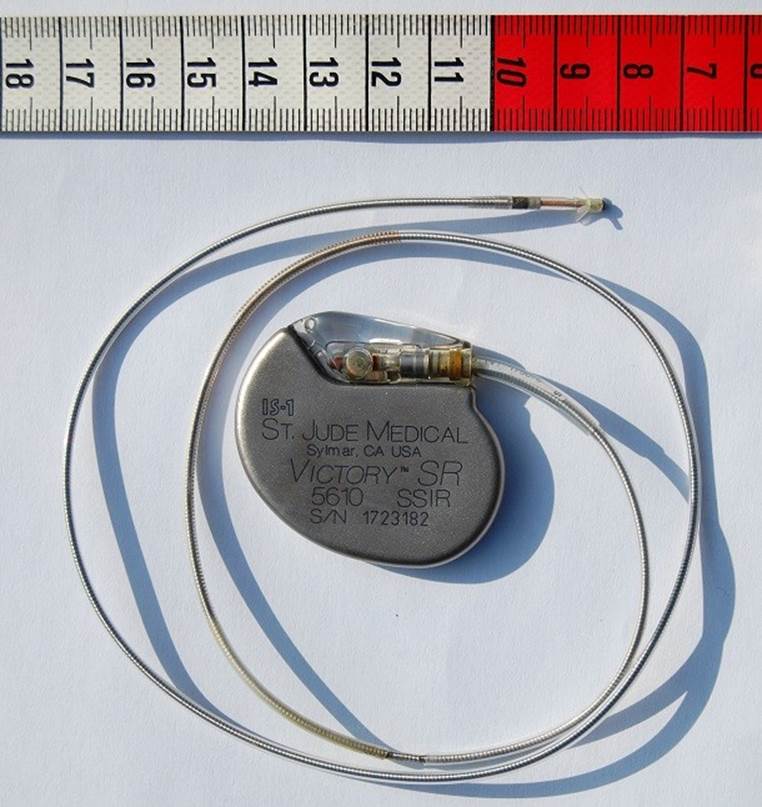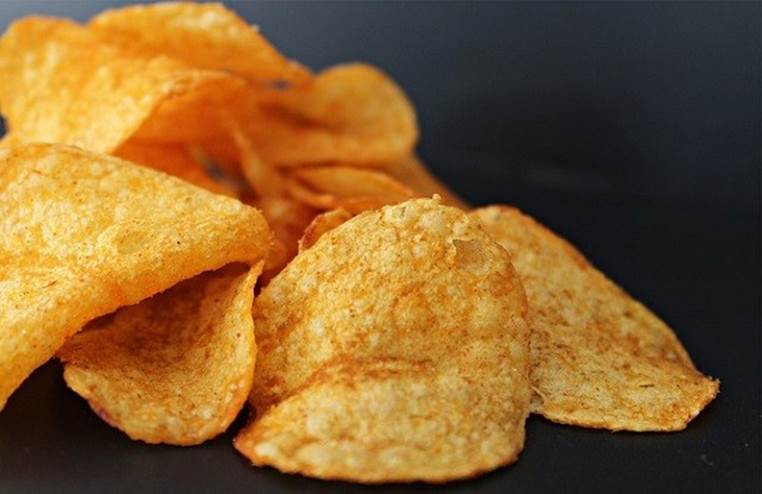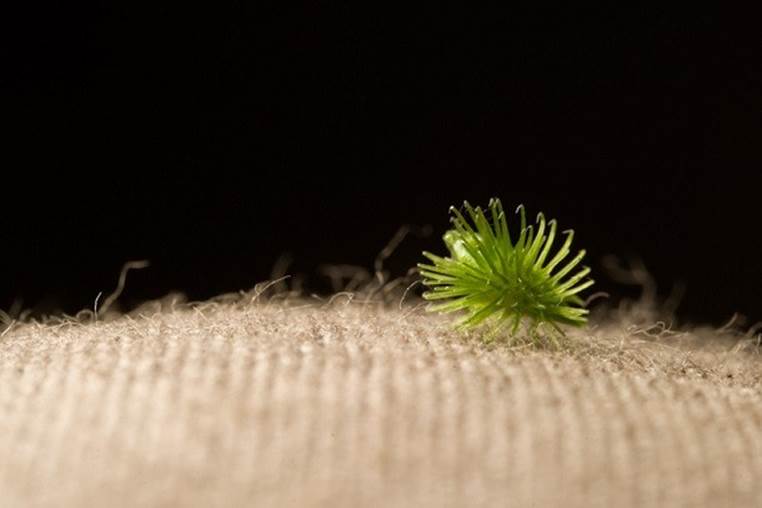INADVERTENT INVENTIONS
Added on: 5th Jun 2016
PACEMAKER

One of the most beneficial accidental inventions on our list, the
pacemaker was the result of John Hopps’s work. An electrical
engineer, Hopps was researching hypothermia in the mid-20th
century and attempting to use radio frequency heating to boost
body temperatures after a major drop. His research led him to
discover the heart’s suitability to restarting by using electrical
impulses and the artificial pacemaker was born.
ICE CREAM CONES

Ice cream cones quickly became a kid-favourite. In the early 1900’s,
ice cream was sold in paper, glass, or metal, none-too-useful for
dispensing the creamy treat, especially as a take-away item. The
1904 World’s Fair in St. Louis was a massively hot event
(popularity and temperature wise). With ice cream and waffle
vendors next to each other, ice cream was a popular buy but the
waffle vendors were left without buyers for their hot treats. When an
ice cream vendor ran out of paper cups, the waffle vendor next to him,
Ernest Hamwi, rolled up one of his waffle pastries, “zalabia”, and
gave it to the ice cream vendor to put ice cream in. It was an
immediate hit and all the other vendors at the World’s Fair
began doing the same and claiming credit.
POTATO CHIPS

Potato chips (or crisps, as they’re called in Ireland and the
United Kingdom) are actually an accidental American invention.
Any chef or waiter who has worked in the restaurant industry
has encountered difficult diners. One such chef, George Crum
of the Carey Moon Lake House in New York, met a tough
customer who kept sending his French fries back, complaining
they weren’t thin or crisp enough. After multiple times,
Crum got angry and sliced the potatoes paper thin, deep-fried
them until overly crisp, and served them. The diner loved the
slivers and the potato chip was thus born in 1853.
MATCHES

Though the earliest match-like products were developed by the
Chinese over 1,000 years ago, they weren’t as practical since they
weren’t strike able. English chemist John Walker was stirring
chemicals when he found a dried lump forming on the end of his
wooden mixing stick. He scraped off the goo which immediately
ignited. Realizing the potential, Walker began selling his
“friction lights” in a tin box with a piece of sandpaper. Many years
later and we have the modern variety: a small wooden
stick tipped with red phosphorus.
SUPERGLUE

A handy item in most people’s cupboards, superglue is a unique
adhesive in that it does not require heat or pressure to bond.
Developed by Eastman Kodak researcher Harry Coover, the
adhesive was initially a nuisance, sticking to everything it
touched and complicating his experiments. Years later,
Coover realized his accidental invention could be used for a
host of applications, including his famous lifting of TV show
host Garry Moore off the ground with a single drop of superglue.
VELCRO

It’s rumoured NASA invented Velcro in space, but it’s just guilty by
association as it’s often used during space missions. Electrical
engineer George De Mestral came in from walking man’s best friend
to find cocklebur fruits littering his dog’s coat. Pulling out a
microscope, he found the fruits dotted with hooks which allowed
them to connect to other objects. A short time later, he decided
nylon was the best material to recreate the natural
phenomenon and he named his accidental invention Velcro.
THE COLOUR MAUVE

The old way of dying clothes was achieved by crushing small bugs
or plants to extract their dyes but one man, chemist William Perkin,
brought one colour out of relative obscurity into mainstream popularity.
While attempting to make an artificial version of a malarial drug,
Perkin created a dark, oily sludge that seemed fit to throw away.
Testing his curiosity, the 18-year-old discovered the sludge
turned silk a brilliant light purple colour which was brighter than
existing dyes and didn’t wash out. Revolutionizing the dye
industry (and the fashion industries of London and Paris), Perkin
had created the colour mauve which became one of the most
popular of the time. Queen Victoria even wore the colour
to her daughter’s wedding two years later in 1858.
PLASTICS

One of the most revolutionary accidental inventions on our list
is plastics. Used for anything from car bodies to soda bottles,
plastics were initially discovered by Charles Goodyear (yes,
of the tire company). Combining rubber and Sulphur, Goodyear
accidentally placed the material on a hot stove. Upon
discovering his mistake, he found a strong, durable material
achieved via the process of vulcanization (strengthening
rubber by adding sulphur or similar substances). Plastics
were further developed by various individuals and have
become the immensely valuable product we use today. What
other inventions do you know about that came about
by accident?

Comment on this